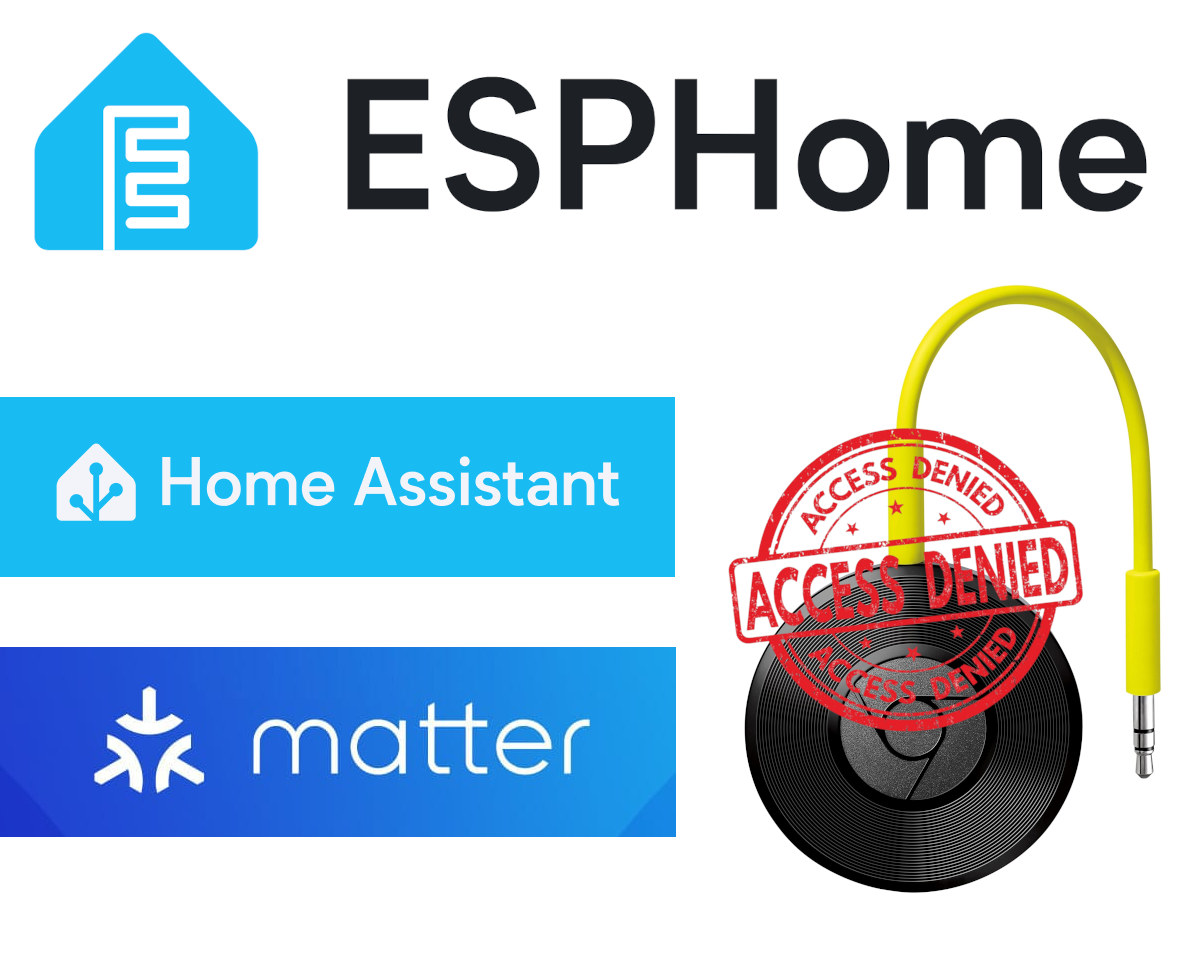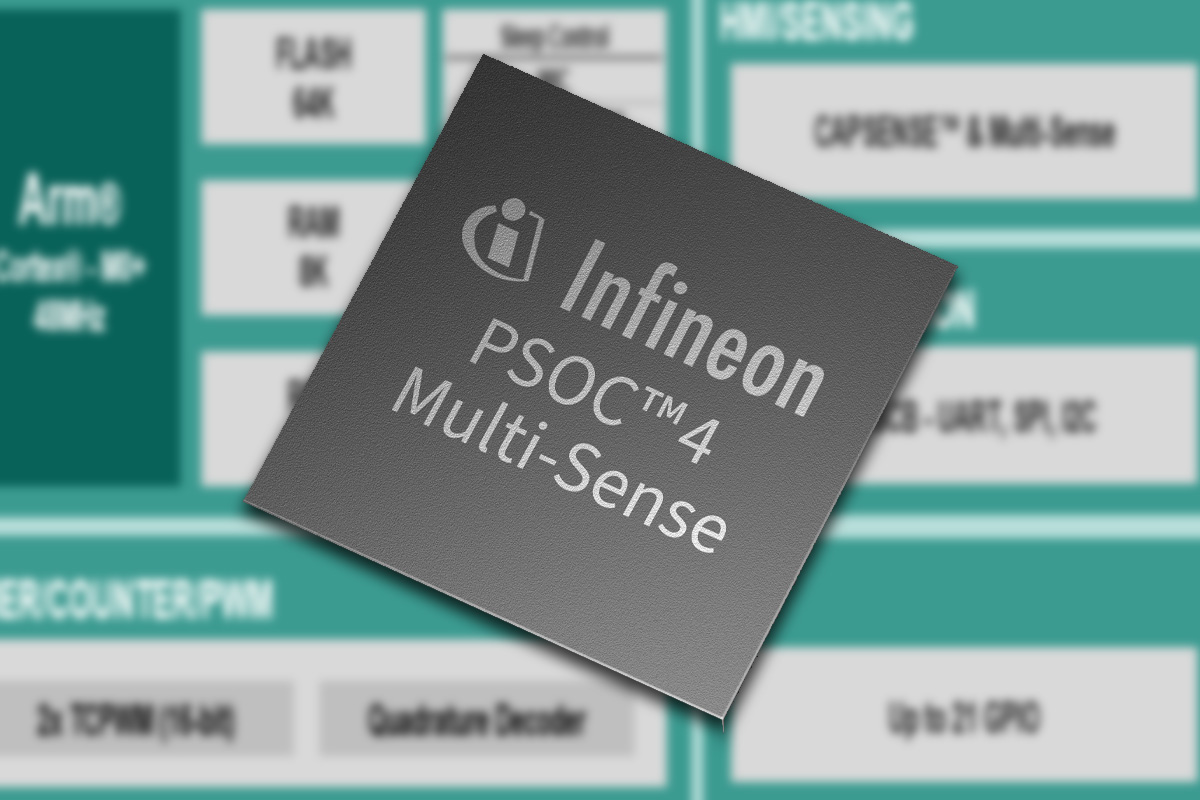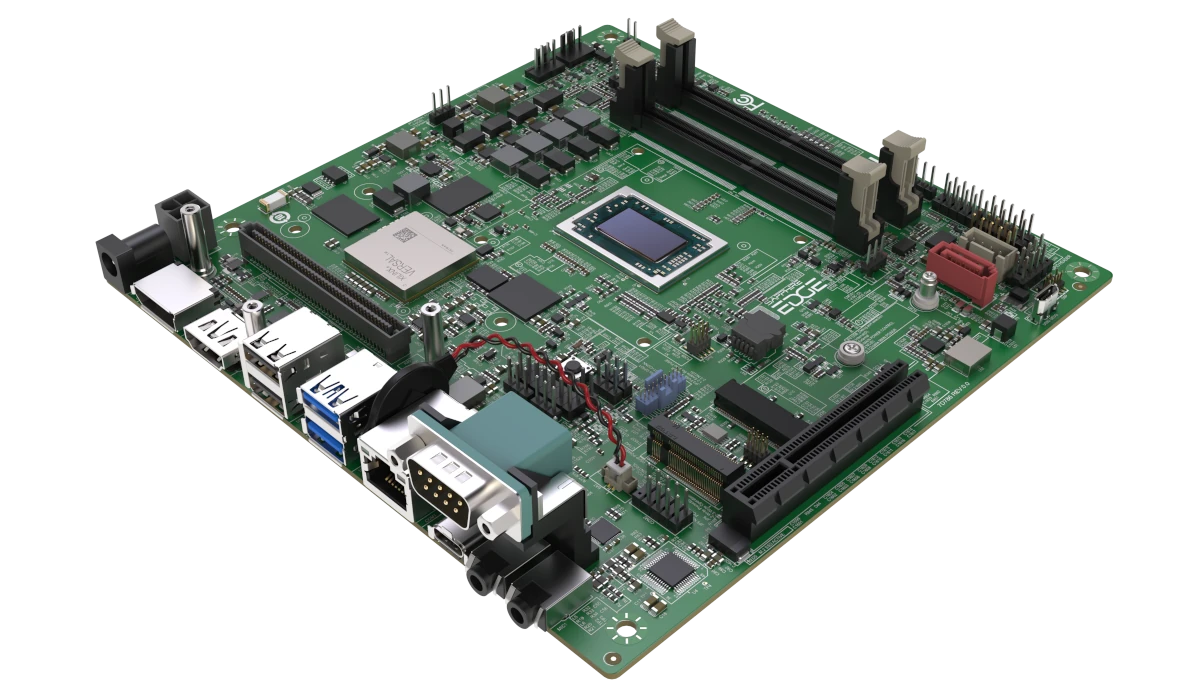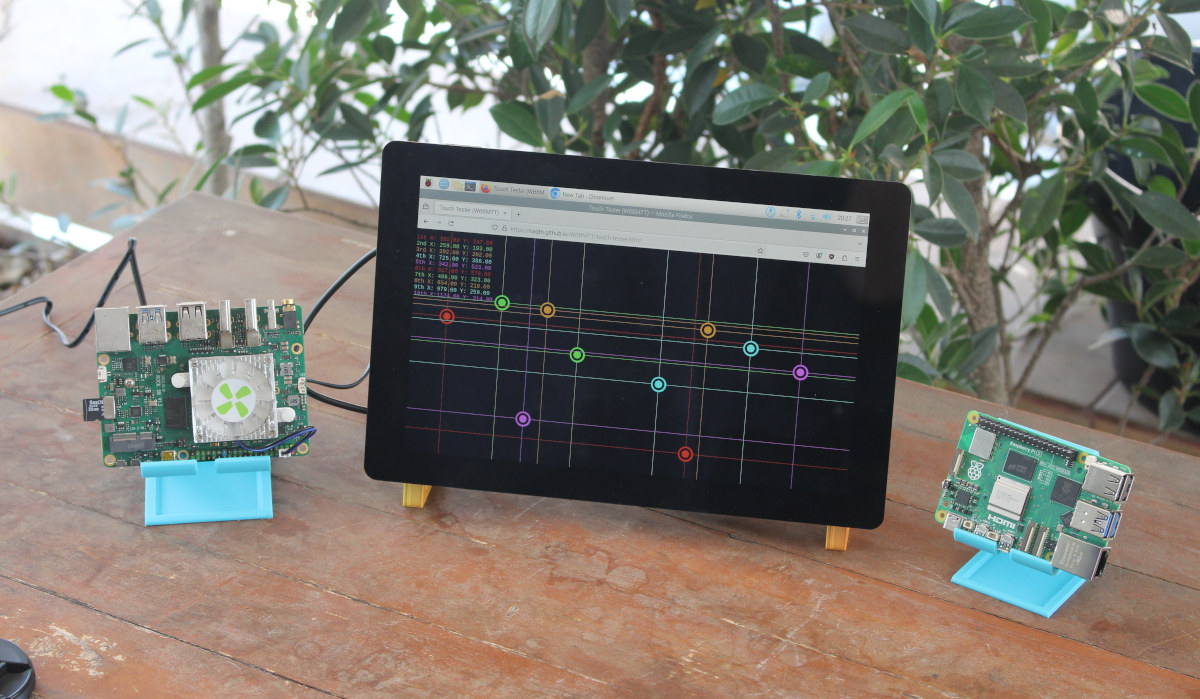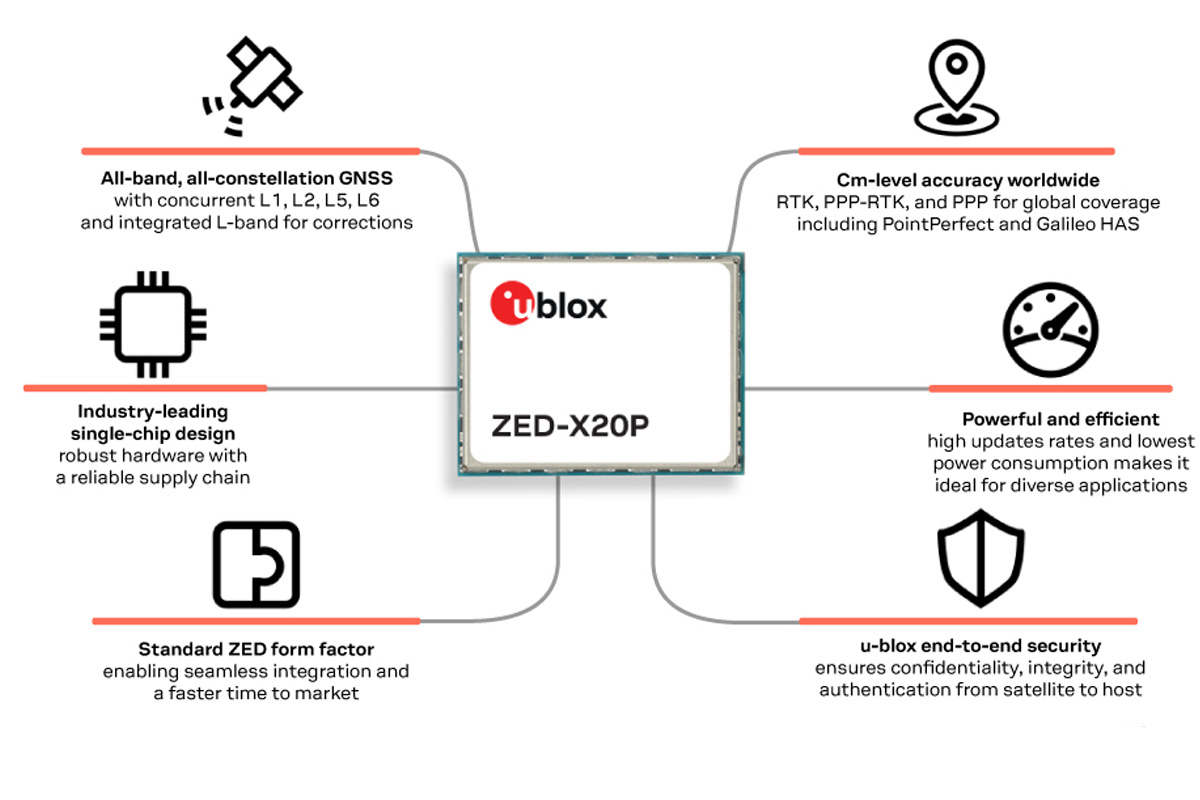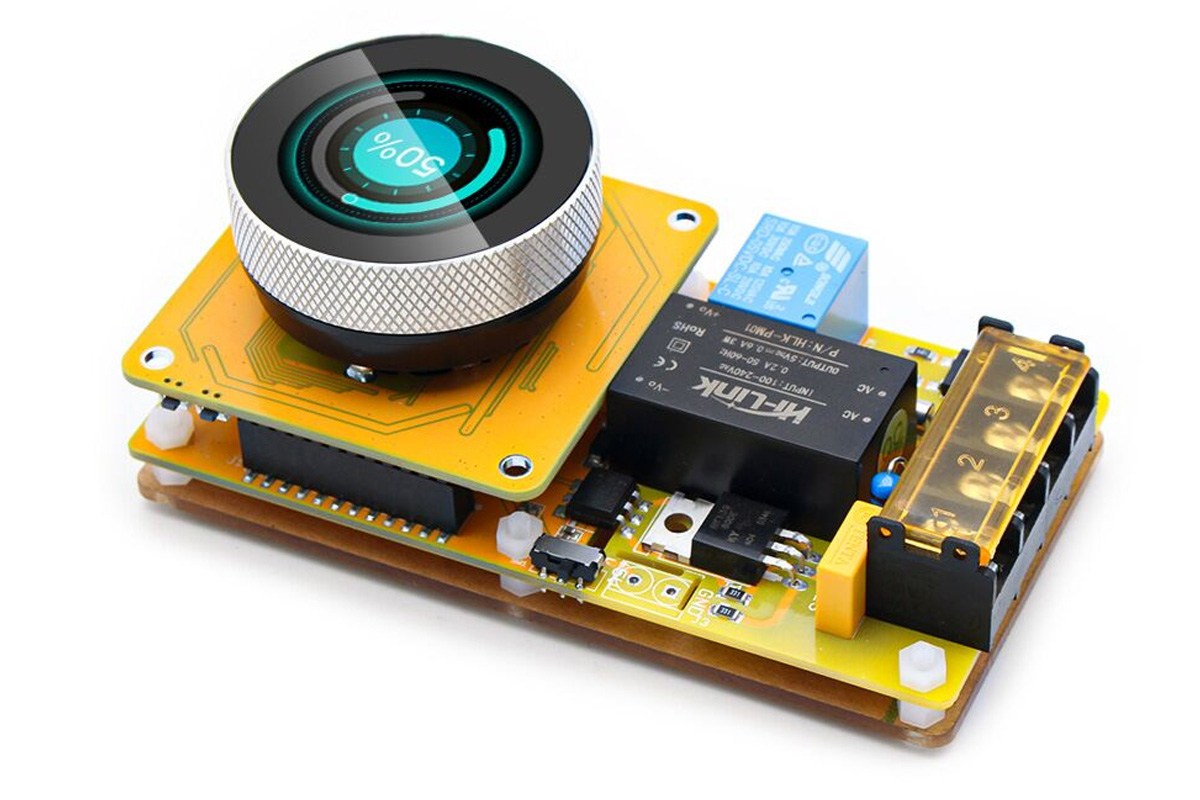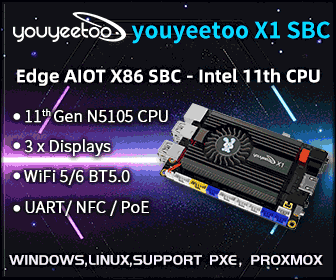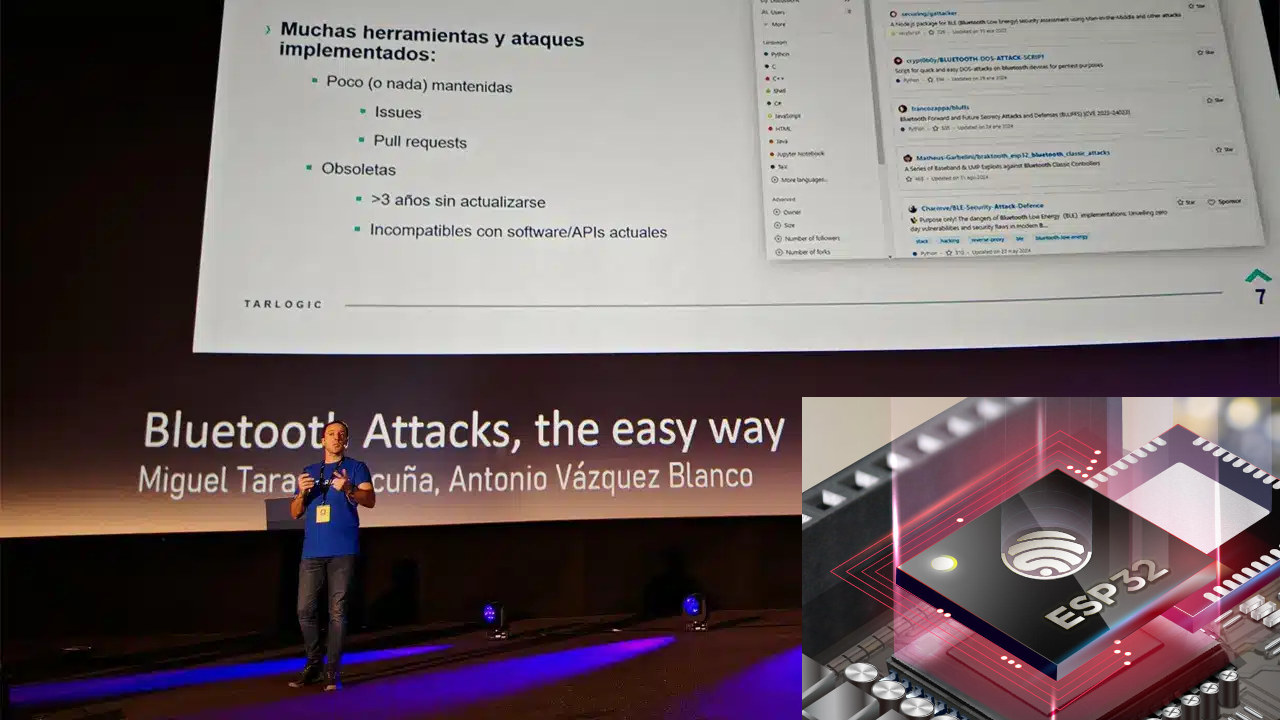When I wrote about the Home Assistant 2025.3 release last week, it was pointed out to me that ESPHome firmware had its own release on February 19th, and in other Smart Home news, Home Assistant got Matter certified, and some ChromeCast devices temporarily stopped working which impacted video/audio streaming and integration with Google Home. Let’s have a quick look at all three pieces of news. ESPHome 2025.2.0 firmware ESPHome 2025.2.0 was released on February 19 implements audio components improvements with support for new components/hardware for better support of Espressif’s S3-Box products, new speaker components for advanced functionality when using Voice Assistant, a new speaker media player component for announcements and music streams, and a mixer speaker component to combine the two streams. The new release also supports alpha-blending images when using LVGL, and the Online Image Component was updated to add support for both BMP and JPEG image formats. It […]
Infineon PSoC 4000T multi-sense low-power MCU features capacitive, inductive, hover, and non-contact liquid sensing
Infineon Technologies has introduced the PSoC 4000T Multi-Sense low-power MCU, along with the upcoming PSoC 4100T Plus which will feature higher memory and more I/Os. These MCUs integrate fifth-generation CAPSENSE technology along with Multi-Sense capabilities, including proprietary inductive sensing, and non-contact liquid sensing solutions. This combination makes it easy to develop advanced HMI applications, such as touch-over-metal, hover touch, and accurate liquid-level detection. The MCU also supports SmartSense auto-tuning which eliminates manual calibration. It supports Always-On sensing with 10x lower power consumption and 10x higher SNR than previous generations. Additionally, the MCU enables hover touch detection through 2 cm air gaps and supports capacitive, inductive, and liquid sensing in a single device. The device also supports waterproofing for harsh environments and reduces system complexity and cost by integrating multiple sensing technologies into a single chip. Infineon PSoC 4000T specifications: MCU Core – 48 MHz Arm Cortex-M0+ CPU Memory – Up […]
Sapphire Edge+ VPR-5050 “AMD Embedded+” mini-ITX motherboard combines AMD Ryzen V2748 CPU and Versal AI Edge VE2302 SoC FPGA
Right in time for Embedded World 2025, Sapphire Technology has introduced the Edge+ VPR-5050 “AMD Embedded+” mini-ITX motherboard with AMD Ryzen V2748 octa-core CPU, and AMD Versal AI Edge VE2302 adaptive SoC that combines Cortex-A72 hard core with FPGA fabric. It’s an update to last year’s VPR-4616-MB mini-ITX motherboard with the same Versal VE2302 adaptive SoC, but a lower end AMD Ryzen R2314 quad-core processor. Two versions of the Edge+ VPR-5050 are available: the VPR-5050-MB and VPR-5050A-MB with the only obvious difference from the specifications being a 64GB eMMC flash on the “A” model, and the different RAM capacities (2x 4GB LPDDR4 vs 2x 8GB LPDDR4). Sapphire Edge+ VPR-5050 specifications: AMD Embedded+ Architecture Adaptive SoC Subsystem Main IC – AMD Versal AI Edge VE2302 with dual Arm Cortex-A72 core processor @ up to 1.6 GHz, dual-core Arm Cortex-R5F, 23 TOPS AI engine, FPGA fabric, etc… System Memory VPR-5050-MB – 2x […]
Review of SunFounder 10.1-inch touchscreen display for SBCs using Raspberry Pi 5 and Radxa ROCK 5B
SunFounder has just sent us one of their 10.1-inch touchscreen display designed for single board computers (SBCs) for review. It supports the Raspberry Pi family, but not only, thanks to a flexible design that allows mounting all sorts of boards with mounting holes that fit within an 85x70mm area. All you need is a board with HDMI output, a spare USB port for the touchscreen, and 5V USB-C input (up to 5A). So I’ll first test the SunFounder 10.1-inch touchscreen display with a Raspberry Pi 5 (85x56mm), then a larger Radxa ROCK 5 Model B Pico-ITX SBC (100 x 72mm). Since the display can also be used as an external touchscreen monitor, I’ll also try it with my laptop in Ubuntu 24.04 and Windows 11. SunFounder 10.1-inch touchscreen display specifications Key features and specifications: Display Type – IPS LCD Resolution – 1280×800 (16:10 aspect ratio) Touchscreen – 10-point capacitive Viewing […]
u-blox ZED-X20P all-band GNSS module delivers global centimeter-level accuracy at a 90% lower cost (TCO)
Previously u-blox announced the release of the X20 series of all-band GNSS modules, but at the time, the company did not disclose detailed specifications for the module. Recently, they have launched the ZED-X20P all-band GNSS module designed to deliver centimeter-level global positioning at a significantly lower cost, up to 90% less than traditional solutions when considering the total cost of ownership. The module supports L1, L2, L5, and L6 bands across four GNSS constellations (GPS, Galileo, GLONASS, and BeiDou), along with SBAS, QZSS, and NavIC. Additionally, the module is compatible with PPP-RTK, network RTK, and global PPP correction services, along with u-blox’s PointPerfect and Galileo’s free High Accuracy Service (HAS), ensuring precise and flexible positioning. It also features secure boot, signed firmware, encrypted communication, and anti-jamming capabilities, for critical applications. The ZED-X20P maintains the ZED form factor, making the footprint compatible with the ZED-F9P chip for easier upgrades. u-blox says […]
ESP32-S3 based AC voltage controller/dimmer features a knob with integrated display
Makerfabs has recently introduced Matouch 1.28-inch ToolSet_AC Dimmer an open-source ESP32-based AC voltage controller for dimming lights or adjusting motor speeds using phase-cut dimming. Built around an ESP32-S3 wireless MCU, it features a 1.28” capacitive touch display (240×240), and a UI designed with LVGL/Squareline and the Arduino V2.3.4 IDE. The device relies on a BT139 Triac and a zero-cross detection circuit for precise AC voltage control, along with an onboard relay to enable a full AC on/off switch. With an integrated AC-DC module providing 5V @ 0.6A, it can operate within an input range of AC 100-240V, 50Hz-60Hz, with a maximum load of 10A at 240VAC. Designed for home and industrial applications, it can control lighting environments and electrical appliances while being open-source for customization and integration into various automation projects. Matouch 1.28-inch ToolSet_AC Dimmer specifications: SoC – Espressif Systems ESP32-S3 CPU – Xtensa® Dual-core 32-bit LX7 Microprocessor with up to 240MHz […]
NextPCB offers free ESP32-S3 PCBA prototypes for original designs (Sponsored)
NextPCB has started offering free PCBA prototypes for PCB designs based on the ESP32-S3 wireless microcontroller following a similar offer for free Raspberry Pi RP2040/RP2350 PCBAs launched in January 2025. The Chinese PCB/PCBA manufacturer’s new “accelerator campaign” targets developers, makers, and researchers who developed their own PCB based on the ESP32-S3 microcontroller. They can get two free PCBA prototypes for the original design. Slots are however limited, and NextPCB will select 20 projects for sponsorship. If selected, you’ll get the following: Free Prototyping – Get 2 free PCBA units, including PCB fabrication, components, assembly, and worldwide shipping (valued up to $500 US). Technical Support – Get expert assistance with manufacturing engineering, design guidance, certification, and production. Personalized Assistance – Receive dedicated one-on-one support throughout your manufacturing journey. The company will prioritize business projects, but hobbyist designs that contribute to the open-source community and showcase interesting applications using ESP32-S3 will also […]
Hidden proprietary Bluetooth HCI commands in ESP32 microcontroller could pose a security risk
Security is hard. Just as Espressif Systems announced PSA Level 2 for the ESP32-C6 microcontroller, Spain-based cybersecurity company Tarlogic published their findings about a hidden Bluetooth functionality that can be used as a backdoor in the previous generation ESP32, and gave a presentation in Spanish at Rootedcon 2025. Specifically, they found hidden proprietary Bluetooth HCI (Host Controller Interface) commands used to read & write controller memory, and typically used for debugging. However, they could also facilitate supply chain attacks, the concealment of backdoors in the chipset, or the execution of more sophisticated attacks. Tarlogic initially called it a “backdoor”, but some disputed the claim (more on that later), and the company eventually issued an update downgrading it to a “hidden” feature: We would like to clarify that it is more appropriate to refer to the presence of proprietary HCI commands—which allow operations such as reading and modifying memory in the […]


